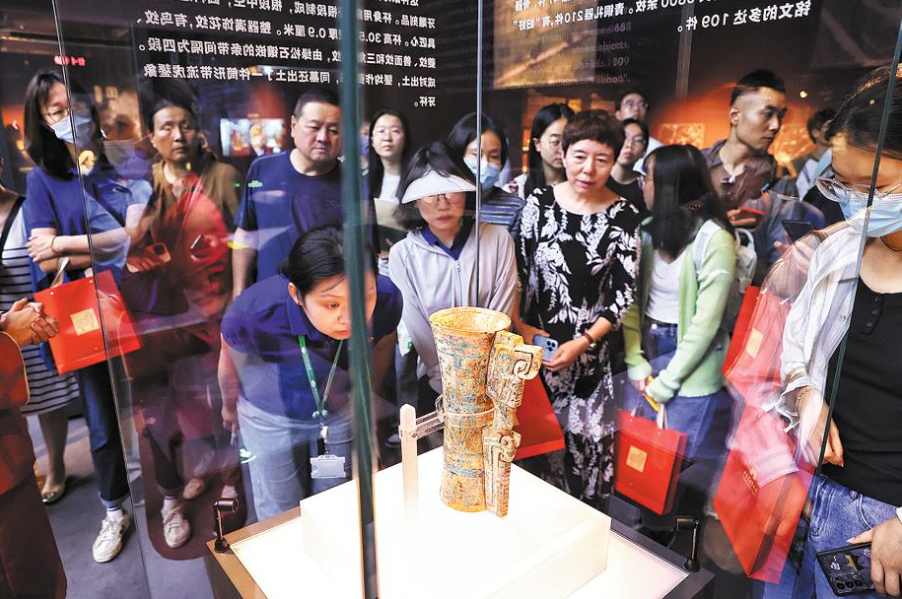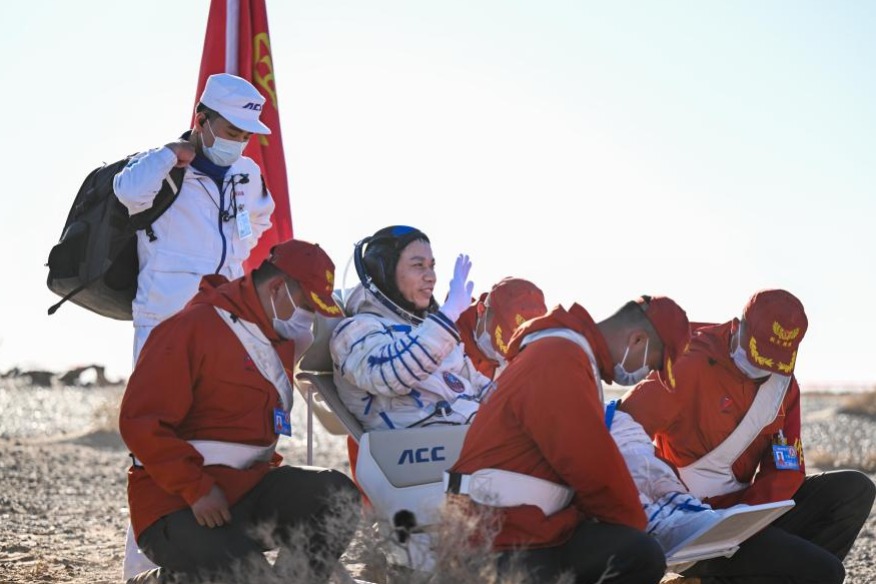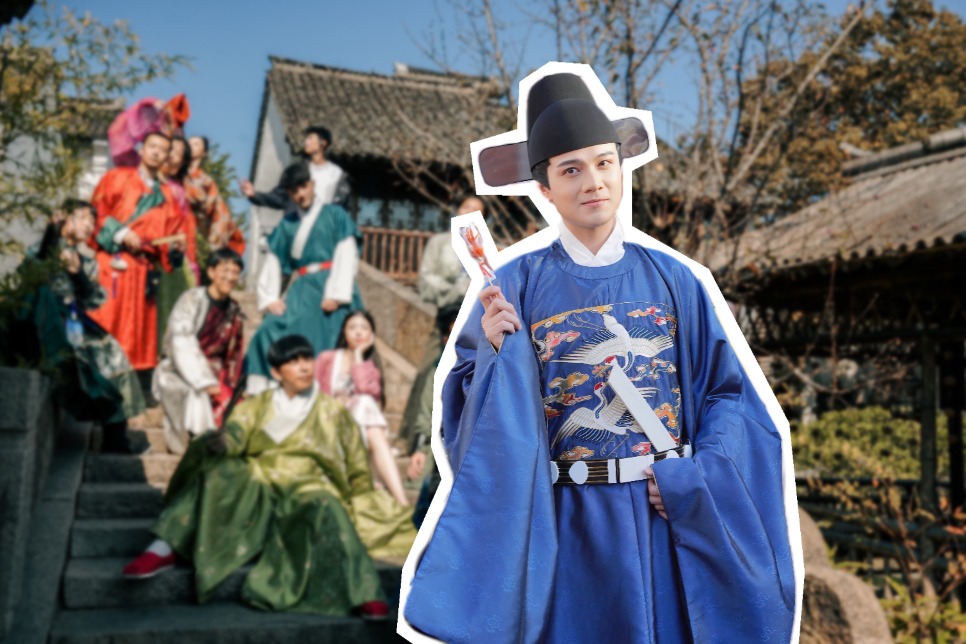Archaeology museum opens doors in Beijing
By YANG FEIYUE | chinadaily.com.cn | Updated: 2023-09-15 22:59

Key examples of the evolution of Chinese civilization dazzled the first group of visitors from the general public to the Chinese Archaeological Museum, which is affiliated with the Chinese Academy of History, after it officially opened on Friday.
During a visit to the museum on June 2, President Xi Jinping emphasized the important role of archaeology in understanding the long history of Chinese civilization and appreciating the richness and profoundness of Chinese culture.
The venue serves as a brand-new historical and cultural repository along Beijing's Central Axis, and acts as a new national cultural landmark to display over 5,000 years of Chinese civilization, said Li Guoqiang, deputy director of the Chinese Academy of History.
The new facility is themed around ancient Chinese civilization and offers immersive comprehensive displays, said Gong Wen, the new museum's director. "The museum integrates exhibitions, collections, preservation, academic research and education. It has a permanent exhibition hall covering an area of over 7,000 square meters," she said.
The exhibition is divided into five sections based on changes in social organization, and represents China's political, economic, cultural and social aspects as well as exchanges with other countries from the Paleolithic period until modern times.
Visitors can appreciate key cultural relics from ancient times, particularly the early stages of Chinese civilization, including a pottery sculpture of a human face from the Neolithic age that reflects the Yangshao Culture, dating back 4,700 to 7,000 years, as well as a turquoise-inlaid bronze plaque with a mask from the Erlitou site in Henan province, dating back more than 3,500 years. The site is widely considered to have been the capital of the Xia Dynasty (c.21st century - 16th century BC), the first central dynasty recorded in Chinese history.
Other highlights include remains of a horse and chariot from the Yinxu Ruins, the site of the capital of the late Shang Dynasty (c.16th century - 11th century BC), along with bronze items from the period.
"All the exquisite unearthed cultural relics on display come primarily from our frontline archaeological excavations," said Gong.
From prehistory through China's social development, the Chinese Archaeological Museum presents the development trajectory of a unified multiethnic nation in a panoramic manner, she added.
Cross-cultural exchanges along the ancient Silk Roads, both overland and via ships, comprise another major section of the exhibition.
Cheng Xueyang, a history student at the University of Chinese Academy of Social Sciences in Beijing, said she felt lucky to be able to visit the museum on the first day. "The visit is a good complement to my experience," Cheng said.
"All the abstract names from the books become actual items here, vividly emerging before your very eyes," she said.
The museum will be open to the general public from Wednesday to Sunday, with a focus on receiving groups of history and archaeology professionals on Tuesdays. Visitors can book entry tickets three days in advance online.
























